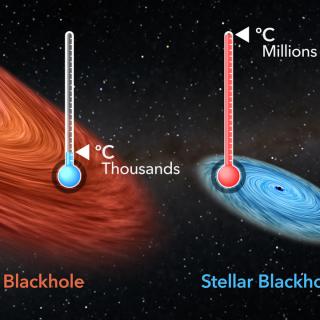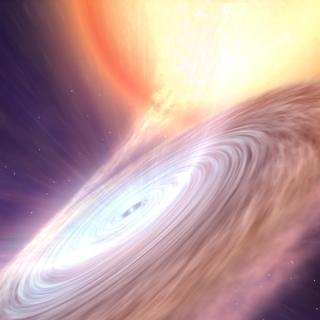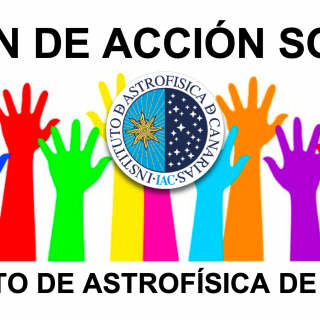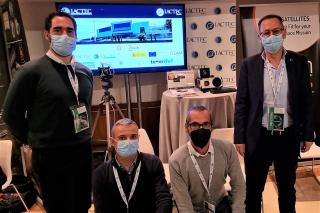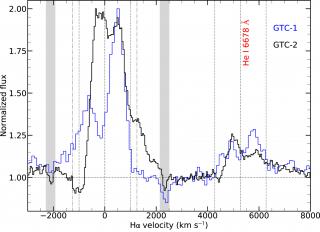
We present 12 epochs of optical spectroscopy taken across the discovery outburst of the black hole (BH) candidate MAXI J1803-298 with the Gran Telescopio Canarias and Very Large Telescope. The source followed a standard outburst evolution. This means it passed through the so-called "hard" and "soft" states, defined in terms of the relative contribution of high to low energy X-rays. The system displays a "triangular" shape in the hardness intensity diagram, consistent with that seen in high-inclination BH transients and the previously reported detection of X-ray dips. The two epochs observed
Advertised on
